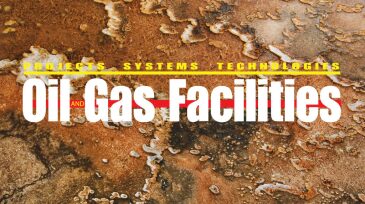Oilfield chemistry
This study compares water-based chemicals that can be used for enhancing the oil recovery of shale-oil reservoirs, including surfactants, nanoparticles, and ketones.
The experience captured in this paper illustrates the potential of deepwater riserless wireline subsea intervention capability and the fact that it can be expanded beyond hydraulic-only, simple mechanical, and plugging-and-abandonment scopes.
This paper presents a novel methodology for assessing the rapid mineral carbonation of carbon dioxide through geochemical interactions with carbon-, magnesium-, and iron-rich minerals abundant in geological formations.
-
Semoga and Kaji fields experienced reservoir souring and suffered a history of calcium-carbonate (CaCO3) -scale cases before a proper scale-inhibition program was implemented. Problems with a free water knockout discovered continued scale issues, leading to investigation of the reasons.
-
The high level of dissolved iron commonly present in the Marcellus waters of Pennsylvania and West Virginia adversely affects the ability of scale inhibitor to inhibit calcium carbonate scale. This study tests two new products under a range of conditions.
-
Higher oil prices has created increased interest in chemical enhanced oil recovery (CEOR) using polymers, surfactants, and alkalis. This technology poses some special challenges, especially around water treatment.
-
Offshore production systems can be impacted negatively by numerous problems attributed to bacterial activity, associated hydrogen sulfide and biogenic iron sulfides, and mercaptan production. Acrolein provides a distinctive all-in-one chemical solution to assist in resolving these problems.
Page 14 of 14







